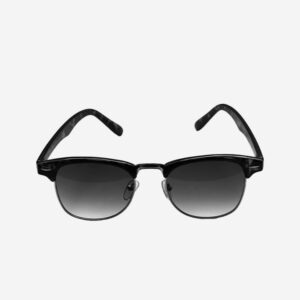Kayak Trailers: A Comprehensive Guide to Choosing and Using
Kayak trailers are essential for transporting kayaks safely and conveniently. This guide will provide you with all the information you need to choose the right trailer for your needs and use it safely and effectively.
Choosing the Right Kayak Trailer
There are several types of kayak trailers available, each designed for different needs. Consider the following factors when choosing a trailer:
- Kayak size and weight: The trailer must be able to accommodate your kayak’s size and weight.
- Number of kayaks: If you plan on transporting multiple kayaks, you will need a trailer that can accommodate them.
- Type of vehicle: Ensure that your vehicle is capable of towing the weight of the trailer and kayaks.
- Budget: Kayak trailers can range in price, so set a budget before shopping.
Using a Kayak Trailer Safely
Using a kayak trailer safely is crucial for both your safety and the safety of others. Follow these guidelines:
- Use a proper towing vehicle: Your vehicle must have the towing capacity to handle the weight of the trailer and kayaks.
- Securely load and unload kayaks: Use tie-downs and straps to ensure the kayaks are securely fastened.
- Maintain and inspect the trailer regularly: Regularly check the trailer’s wheels, bearings, lights, and tires.
- Follow safe towing practices: Pay attention to speed limits, signal properly, and avoid excessive acceleration and braking.
Loading and Unloading Kayaks on a Trailer
- Prepare the trailer: Position the trailer on a level surface and engage the parking brake.
- Load the kayaks: Carefully lift the kayaks onto the trailer and slide them into place.
- Secure the kayaks: Use tie-downs or straps to secure the kayaks to the trailer at multiple points.
Trailer Maintenance and Care
Regular maintenance is essential to keep your kayak trailer in good condition. Follow these tips:
- Clean and lubricate the trailer: Clean the trailer with soap and water and lubricate all moving parts regularly.
- Inspect the wheels, bearings, and lights: Regularly check the wheels for wear and tear, the bearings for lubrication, and the lights for proper operation.
- Check tire pressure: Ensure that the tires are inflated to the proper pressure.
Troubleshooting Common Kayak Trailer Problems
If you encounter any issues with your kayak trailer, follow these steps:
- Flat tires: If you get a flat tire, safely pull over and change the tire immediately.
- Bearing failure: A grinding noise or vibration while towing may indicate bearing failure. Stop driving and have the trailer inspected by a mechanic.
- Light malfunctions: If any of the lights on the trailer are not working, check the bulbs and wiring.
Conclusion
Kayak trailers are indispensable tools for transporting kayaks safely and conveniently. By following the guidelines outlined in this article, you can choose the right trailer for your needs, use it safely, and keep it in good condition. If you need assistance or encounter any issues, don’t hesitate to seek professional guidance.




